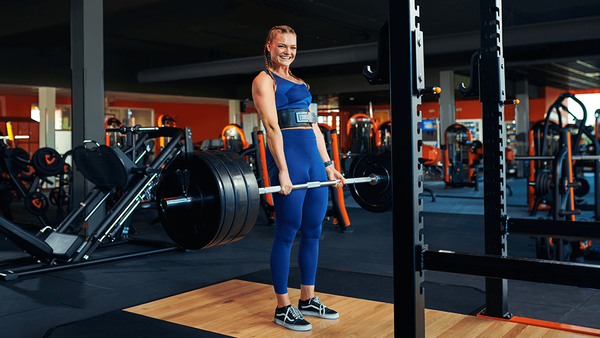Incorrect loading of the lower back muscles
Research shows that low back pain is almost always caused by incorrect loading of the lower back muscles. This can be caused by a wrong sitting posture, mainly behind the computer or in the car, by a high body weight, incorrect lifting or too little movement. In addition, psychological stress can also lead to unconscious prolonged tension of the back muscles.
The muscles in the lower back have a double function. They ensure a good posture, but they also help carry the weight of everything we lift. Because of this double function, the back muscles are vulnerable to anything that is done in the same position for too long, is too heavy, or happens too suddenly. For example, pregnant women can suffer from back problems due to their changing posture.
Keep in motion
Low back pain almost always goes away on its own, usually within a few weeks. A logical solution for the back pain seems to give the muscles a lot of rest, but that is counterproductive. The best way to get rid of the pain is to move, for example by walking, cycling or swimming regularly. Be careful, too much movement of the muscles can lead to overexertion.
Avoid sitting too long in a row and choose a hard, straight chair rather than a soft chair or couch. Lift as little as possible and avoid bending and rotating movements. If you do have to do these movements often, make sure that you always lower your knees instead of bending your back forwards. In addition, a hot shower or jug can help relax the muscles. Painkillers are not a solution for the pain itself, but they can help to relieve the pain so that you can move better and more and then preferably choose an ordinary paracetamol.
Prevention is better than cure!
By staying at a healthy weight and being in good condition you reduce the risk of back pain. Those who have to sit a lot for work benefit from sitting upright, changing their posture from time to time and try to walk a bit every now and then. In addition to exercise, physical and mental relaxation is important.
If the pain is unbearable or does not diminish within a few weeks, it is wise to visit a doctor. In addition, signals such as; tingling in the legs or pain that radiates far are also signs to go to a doctor.





